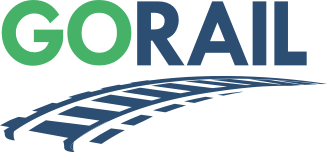From B&O to BMW, Freight Rail Generates Economic Opportunity in Maryland
The nation’s first common-carrier railroad, the B&O, had its start in downtown Baltimore and was a key to keeping the state competitive in the 19th century. Today, rail investments and innovations have helped the Port of Baltimore set records for the number of intermodal containers and autos to go through the port.
Maryland's nine freight railroads operate over 728 miles of track and employ 728 in the Old Line State.* It would have taken approximately 4.63 million additional trucks to handle the 83.5 million tons of freight that started, ended, or moved through Maryland in 2023. Moving freight by rail prevented 1.48 million tons of greenhouse gas emissions, the equivalent of taking 290,000 cars off the road or planting 22.4 million trees. Intermodal shipments comprise the majority of freight rail shipments beginning in Maryland. Coal is the largest rail import to the state.
*2023 data


